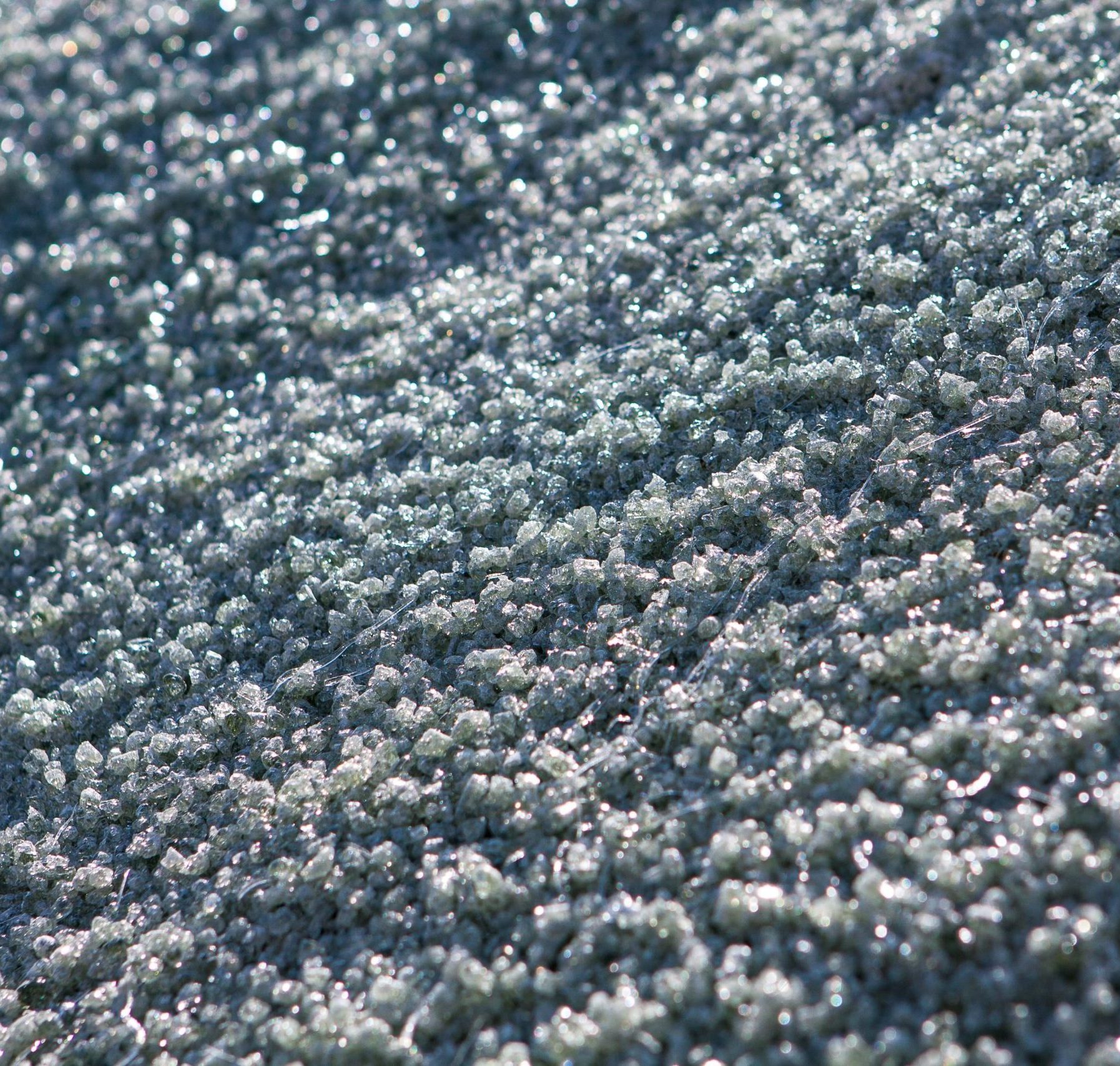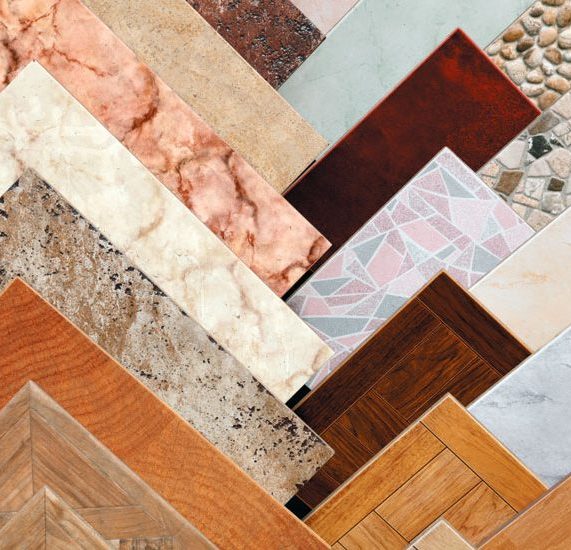16/07/2025
In the ceramic tile manufacturing industry, much attention is often given to design patterns, mechanical strength, or eye-catching colors. However, few people realize that to achieve a tile that is beautiful, durable, resilient, and finished with the right level of gloss or matte effect, the glaze layer — specifically the frit — plays a crucial role. Frit is not just a surface coating; it is a high-tech material system engineered to control all the essential properties of a ceramic tile.
What is Frit and Why is it Important?
Frit is an inorganic material made by melting a mixture of oxides (such as silica, boron, alumina, calcium, etc.) and then rapidly cooling it to form a non-crystalline glass, which is typically ground into powder or fine granules. This material is then blended with other components to create the glaze applied on the tile surface.

Frit goes far beyond surface aesthetics. It plays a determining role in:
-
Adhesion to the tile body
-
Flow and viscosity during firing
-
Compatibility with digital printing inks
-
Abrasion and scratch resistance
-
The chemical and physical properties of the final product
How Frit Functions in the Production Line
1. A Stable Base Layer for Digital Printing
Today, most modern tiles are decorated using inkjet digital printing technology. Frit acts as the “technological canvas” for the ink layer. It needs to provide optimal absorption — not too much to cause bleeding, but enough to anchor the ink — and must retain color stability even after being fired at high temperatures (1,000–1,200°C).
2. Flow Behavior – A Critical Factor
Good frit must flow at a rate compatible with the tile body and kiln conditions. Excessive flow can cause glaze to run, distorting patterns. Insufficient flow leads to poor surface coverage, resulting in pinholes or surface defects. Frit also influences flatness, gloss/matte finish, and tactile feel of the finished product.
3. Color Modulation Capabilities
Transparent, matte, or slightly colored frits interact with pigments and inks. For example, frit can enhance the brightness of white tones, deepen grays, or make reds more vibrant. Manufacturers often fine-tune frit formulations to match the desired color palette of their product lines.

Common Types of Frit in the Industry
Depending on the application, various frits are used:
-
Glossy Transparent Frit – For high-reflective granite or premium tiles.
-
Matte Frit – Creates soft, elegant finishes, often used in floor or stone-effect tiles.
-
Specialty Frits – With enhanced chemical resistance and wear durability, ideal for industrial or technical tiles.
-
Double-Firing Frits – Used in high-end tiles requiring layered glazes, natural stone effects, or 3D visuals.
Frit in the Context of Modern Manufacturing
Tile production is undergoing rapid transformation with trends like:
-
Full automation of production lines
-
Energy efficiency
-
Green manufacturing and emission reduction
-
Cost optimization
In response, modern frit development focuses on:
✅ Lower firing temperatures while maintaining the desired surface finish
✅ Lead-free, non-toxic formulations meeting EU and US standards
✅ High compatibility with modern digital printing inks
✅ Stable color, consistent glaze thickness, and minimal surface defects

Benefits of Optimizing the Formula
By selecting the right frit and achieving synergy between the tile body, ink, and glaze, manufacturers can:
-
Improve yield and reduce rejects
-
Shorten firing times, saving energy
-
Minimize production waste
-
Create unique surface effects (e.g., textured, sparkling, stone-like, or 3D finishes)
-
Meet both aesthetic trends and technical standards of global markets
Conclusion
Frit is no longer a secondary material — it is the heart of modern glaze technology. Investing in research, selecting the right formulations, and applying scientific approaches in production are key factors determining a tile brand’s success — in quality, appearance, and profitability.
Understanding and mastering frit technology is the key for ceramic manufacturers to step into the high-tech arena — where the competition is not only about looks, but also about technical excellence and production performance.